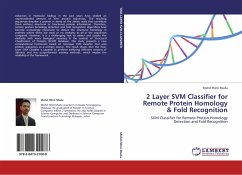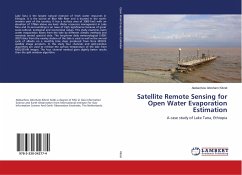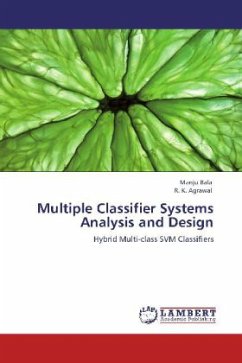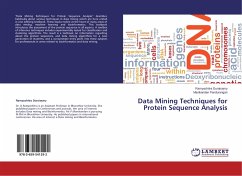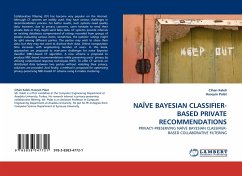Advances in molecular biology in the past years have yielded an unprecedented amount of new protein sequences. The resulting sequences describe a protein in terms of the amino acids that constitute them without structural or functional protein information. Therefore, remote protein homology detection and fold recognition algorithms have become increasingly important to detect the structural homology in proteins where there are small or no similarity at all in the sequences compared. However, it is a challenging task to detect and classify this similarity with more biological meaning in the context of Structural Classification of Proteins (SCOP) database. This study presents a new computational framework based on two-layer SVM classifier that uses protein sequences as a primary source. The result shows that the Two-Layer SVM Classifier is capable to perform wellusing different versions of datasets and has outperformed existing methods, which implies the reliability of the framework
Bitte wählen Sie Ihr Anliegen aus.
Rechnungen
Retourenschein anfordern
Bestellstatus
Storno

